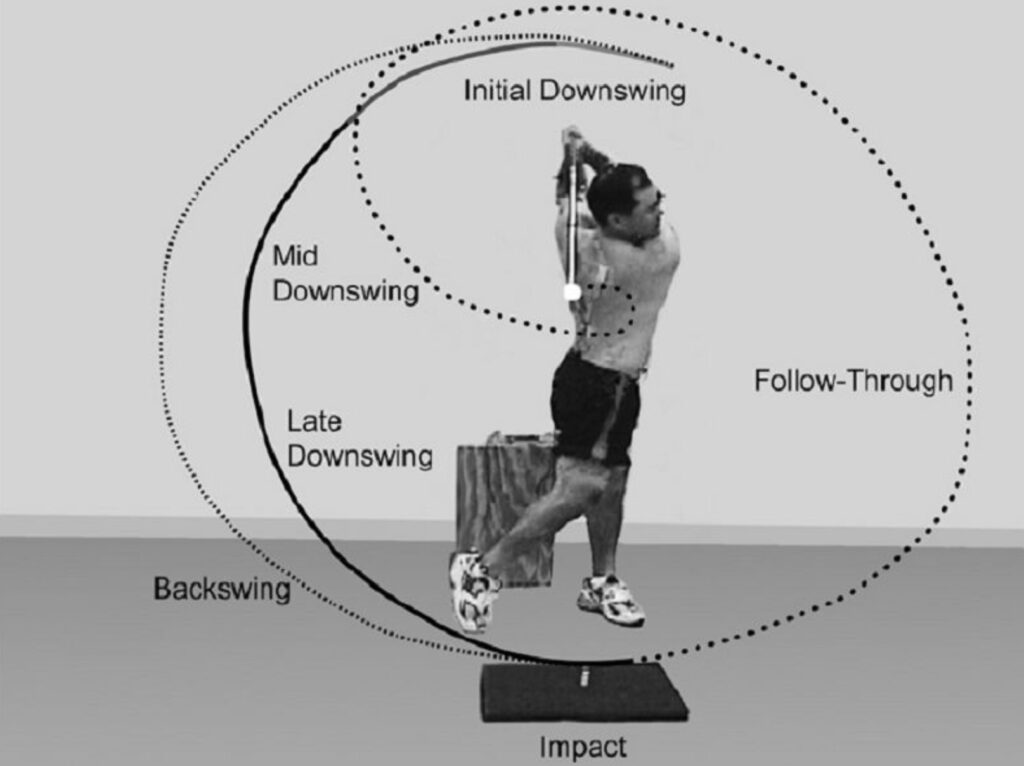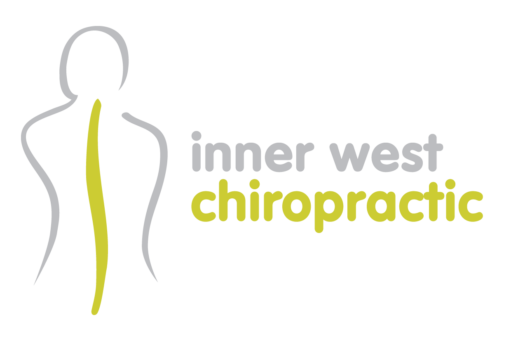Golf may look like a low-impact sport, but the truth is that it places relatively significant stress on the body. Every swing involves a powerful chain of movements from the ankles and knees, through the hips and spine, to the shoulders and wrists. When this chain is disrupted by stiffness, imbalances, or poor movement patterns, not only does performance suffer, but the risk of pain and injury increases (Cole & Grimshaw, 2008).
As a chiropractor, I have regularly seen golfers who struggle with issues that limit their swing or keep them off the course. The good news? With appropriate care, these issues may be addressed, potentially reducing pain and enhancing performance.
Common Golf-Related Injuries
The golf swing requires a complex sequence of rotations, and when one area of the body doesn’t move correctly, another part tends to compensate. Over time, this compensation can lead to injury. Some of the most common conditions I see in golfers include:
· Lower back pain – Often caused by restricted spinal movement or over-rotation during the swing (Gluck et al., 2008).
· Hip pain – From poor pelvic mobility or muscular imbalances that reduce smooth rotation.
· Knee and ankle strain – Usually a result of uneven weight transfer or instability in the lower limbs (Lindsay & Vandervoort, 2014).
· Shoulder or elbow injuries – From repetitive overuse and improper swing mechanics (Thompson, 2017).
· Neck pain / cervical spine injuries – The head-and-neck region must stabilise and rotate during the swing, which places strain on cervical joints, muscles and tissues. Poor posture (forward head posture or chin protrusion), over-rotation, and repetitive motion can aggravate or cause neck pain or muscle strain (often in the cervicothoracic area) (McHardy et al., 2007).
Understanding these common injuries highlights the importance of addressing not just symptoms, but the underlying biomechanics of the swing.

Meister, D.W., Ladd, A.L., Butler, E.E., Zhao, B., Rogers, A.P., Ray, C.J., & Rose, J. (2011). Rotational biomechanics of the elite golf swing: benchmarks for amateurs. Journal of applied biomechanics, 27 3, 242-51.
The Role of Biomechanics in a Golf Swing
A powerful and efficient golf swing depends on the body working as a connected unit. Ideally, each joint moves freely within its normal range, allowing the swing to flow without excessive strain.
However, when joints are stiff — whether it’s the spine, hips, knees, or ankles — the movement becomes less efficient. Instead of a smooth, controlled swing, compensations occur. This not only makes your swing less consistent but also increases the chance of developing overuse injuries (McHardy & Pollard, 2005).
This is where chiropractic care may play a key role.

Han, K. H., Como, C., Kim, J., Hung, C. J., Hasan, M., & Kwon, Y. H. (2019). Effects of pelvis-shoulders torsional separation style on kinematic sequence in golf driving. Sports Biomechanics, 18(6), 663–685. https://doi.org/10.1080/14763141.2019.1629617
How Chiropractic Care May Help Golfers
As chiropractors, we focus on restoring joint and spinal mechanics so your body can move the way it was designed to. For golfers, that means potentially improving mobility, stability, and coordination throughout the kinetic chain.
Some of the ways chiropractic care may help include:
· Assisting with spinal fixations – Gentle adjustments may help restore movement in the spine, potentially reducing stiffness and improving rotation.
· Addressing hip imbalances – By improving pelvic alignment and hip mobility, golfers may generate power more efficiently.
· Supporting knees and ankles – Enhancing lower limb stability may reduce strain during weight transfer and improve balance.
· Improving posture – Better spinal alignment may help maintain a consistent swing plane and reduce the risk of overuse injuries.
Beyond adjustments, I often use soft tissue techniques, dry needling, laser therapy, mobility drills, and tailored exercise advice to support potential long-term improvements in both performance and injury prevention (Hoskins & Pollard, 2010).
Golf is as much about physical performance as it is about technique. By addressing the biomechanical factors behind your swing, chiropractic care may help prevent injuries and contribute to enhancing your overall game.
If you’re a golfer struggling with pain, stiffness, or inconsistency in your swing, chiropractic care may be a useful option. Book an appointment today and let’s work together to support your movement, performance, and time on the course.
References
· Cole, M. H., & Grimshaw, P. N. (2008). The biomechanics of the modern golf swing: Implications for lower back injuries. Sports Medicine, 38(10), 815–832.
· Gluck, G. S., Bendo, J. A., & Spivak, J. M. (2008). The lumbar spine and low back pain in golf: A literature review. Journal of the Canadian Chiropractic Association, 52(4), 251–259.
· Hoskins, W. T., & Pollard, H. P. (2010). The management of low back pain in golfers: A review of the literature. Journal of Chiropractic Medicine, 9(4), 165–173.
· Lindsay, D. M., & Vandervoort, A. A. (2014). Golf-related injuries: Common injuries and prevention. Clinical Journal of Sport Medicine, 24(6), 485–492.
· McHardy, A., & Pollard, H. (2005). Muscle activity during the golf swing. British Journal of Sports Medicine, 39(11), 799–804.
· Thompson, C. J. (2017). Shoulder and elbow injuries in golf: A clinical perspective. Current Reviews in Musculoskeletal Medicine, 10(1), 45–52.
